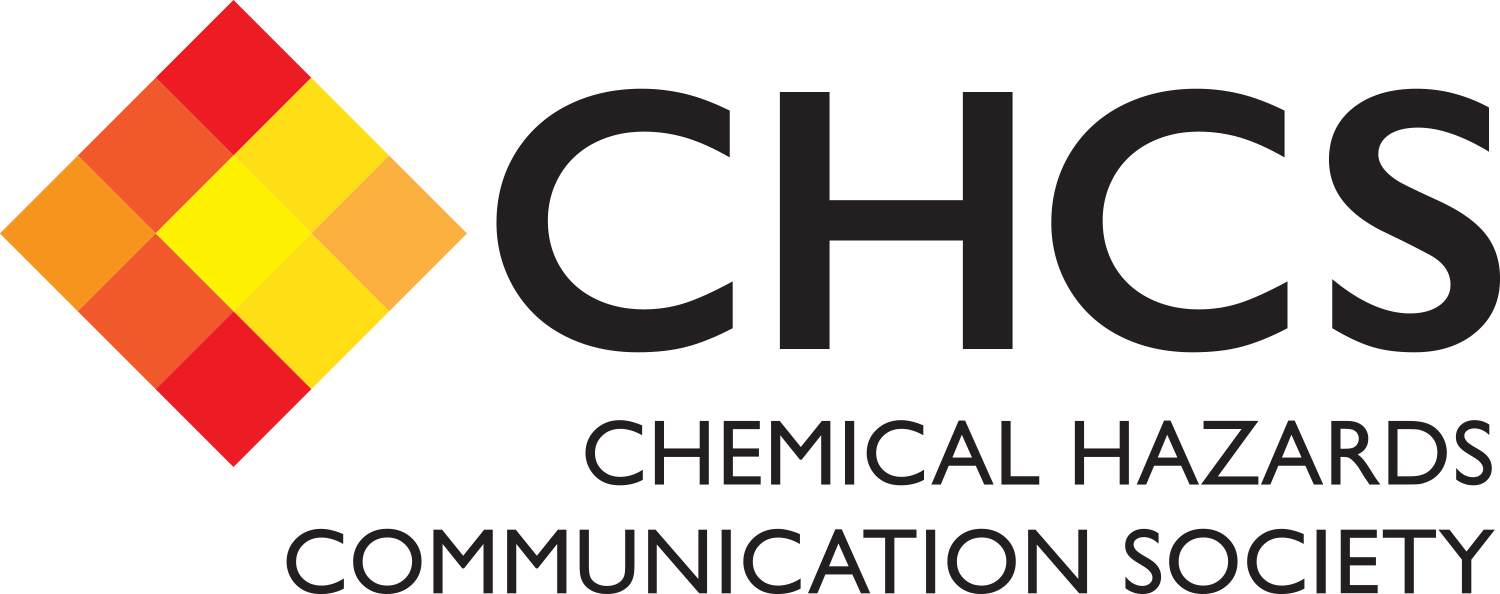Safety Data Sheets (SDS) - Frequently Asked QuestionsQuestion Answer There is no further official EU requirement or guidance as to what constitutes appropriate training/refresher training. There is no EU or UK Government controlled, or approved, examination system with a set pass level and certification. The requirement means that training should be given, or if applicable suitably refreshed, BEFORE a person is required by the employer to write or amend a Safety Data Sheet. CHCS runs modular training for SDS writers, and the concept here is that the intended SDS compiler need only attend those modules of relevance - e.g. if the person is a toxicologist then there is no need to attend Module 5 – Basic Toxicology. Also it may be that the company has a person responsible for certain aspects of the tasks involved in order to compile an SDS, e.g. a Dangerous Goods Safety Adviser (DGSA) providing the data for Section 14 may obviate the need for the SDS compiler to attend Module 8, Classification for Transport, and Module 10, Transport Labelling and Documentation. The full list of current training modules can be found on the Training page of this website. CHCS normally offers each Module at least once a year. Where there is sufficient demand, modules may be offered more frequently. If you would like to attend a Module that is not currently advertised, or for which is not due to be run for some time, please do get in touch with the office to let us know of your interest. Where there is sufficient interest, we will look at running additional Modules when feasible. If you want to attend all of the modules, it might mean that it could take up to a year to become "competent" enough to undertake SDS compilation. For that reason you might want to consider running some of the Modules in-house or utilising a suitable CHCS listed consultant to carry out initial training to an adequate level to meet the legal requirements, with later attendance at some of the Modules to supplement, reinforce, extend or refresh this initial competence. Question Answer Some suppliers have questioned whether it is ok to send a link to a Safety Data Sheet on a website by email instead of attaching, for example, a PDF document. Sending a link to your general website that would require customers to then search for and download this document would not be considered an acceptable way of providing this information. There is an ongoing discussion over whether it is acceptable to provide a direct link in an email to some or all of the Safety Data Sheet. This discussion is particularly relevant where extended Safety Data Sheets with many exposure scenarios need to be provided. In such a case it is likely that there would be some conditions to providing information in this way. For example, the supplier would need to ensure that the URL of the Safety data Sheet did not change for a reasonable length of time in case their website was redeveloped, that recipients and perhaps Member State Competent Authorities might have to agree this in advance, and so on. Question Answer For supply outside of the EU/EEA, Article 17 of the PIC Regulation requires that a REACH-compliant SDS should be given to the non-EU/EEA customer, and that, far as practicable, this should be given in the official languages, or in one or more of the principal languages, of the country of destination or of the area of intended use. Question Answer If the supplier is outside the EU/EEA (note: even if in Switzerland) then an EU/EEA name & address is mandatory. In addition to the name and address of the EU/EEA supplier, details of the non-EU/EEA manufacturer or formulator can be optionally provided. Question Answer
In this case the supplier must also label the mixture with the statement (EUH210) "Safety data sheet available for professional user on request". Question Answer | CHCS NewsCHCS 31st AGM and 14th Annual Lectures - Recording & Slides |

